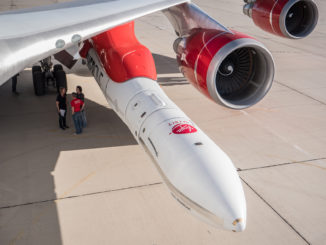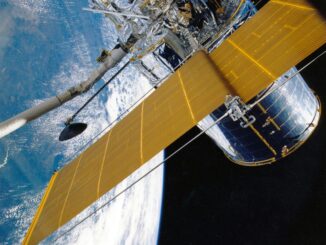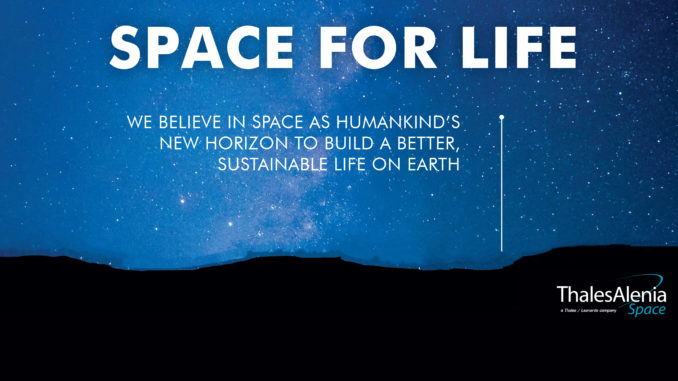
The number of off-world projects currently in development is staggering.
Earlier this month China’s Chang-E 5 landed on the moon to collect up to 2kg of regolith samples and return them to Earth.
This is a short mission – Get up, Get rocks, Get home – but even this takes years of planning.
Mankind’s need to explore is palpable. But the planning and calculations involved in making this happen take time.
Using mobile telephones as a comparison – Many people renew their devices annually to keep up with the latest technology.
Progress is such that as soon as a product is sold, improvements are well underway. The updates keeping apps running smoothly come almost daily.
Exploration technology isn’t that different – but for one key factor;
Space agencies need to be ahead of the game.
Once hardware leaves the ground it must be adaptable, upgradeable, and most importantly with global awareness of consumption of resources, sustainable.
The most famous example of such a demand is Voyager 1 & 2.
Launched over 40 years ago, and now travelling beyond our solar system through interstellar space, we are still able to communicate with these machines.
Voyager 2, for example, failed to complete a scheduled task in January 2020. This resulted in a frenzied, but successful, reboot of the craft by staff from 11.5 Billion miles away.
This distance is so vast that communication between NASA and Voyager 2 involved a nail-biting wait. Instructions from Earth took approximately 17 hours to reach the temporarily lame craft. A response was received 34 hours after each message sent.
This type of scenario is one of countless possibilities considered during development of all space missions.
Following news last month of Airbus’ selection as “one of two primes” in the development of the European Large Lunar Lander (EL3), it is essential that we look at the other party selected.
Thales Alenia Space has extensive experience within this industry.
Elements of well-publicised missions and crucial components of long term exploration projects were designed, created and built by Thales Alenia Space. This includes supplying over 50% of the pressurised components that make up the International Space Station (including Columbus Lab and Nodes 1 & 2).
They have also provided the veteran Soyuz craft with range safety systems for launch, ensuring destruction of the vehicle in the event of course deviation.
Telecommunications, thermal control and electrical distribution systems required by Bepi Columbo, launched in 2018 bound for Mercury, were also undertaken by Thales Alenia Space.
This incredible leader in technology is marked to replace the Russian Soyuz vehicles – which has carried cargo and crew for over half a century – with Arianne 6, targeted for service by 2023.
Questions regarding both current and future missions were posed to Thales Alenia Space in order to get the most intimate understanding of their plans.
The following interview involves
Walter Cugno: Vice President – Exploration and Science Domain at Thales Alenia Space
Federico Massobrio: Head of Advanced Exploration Programs at Thales Alenia Space
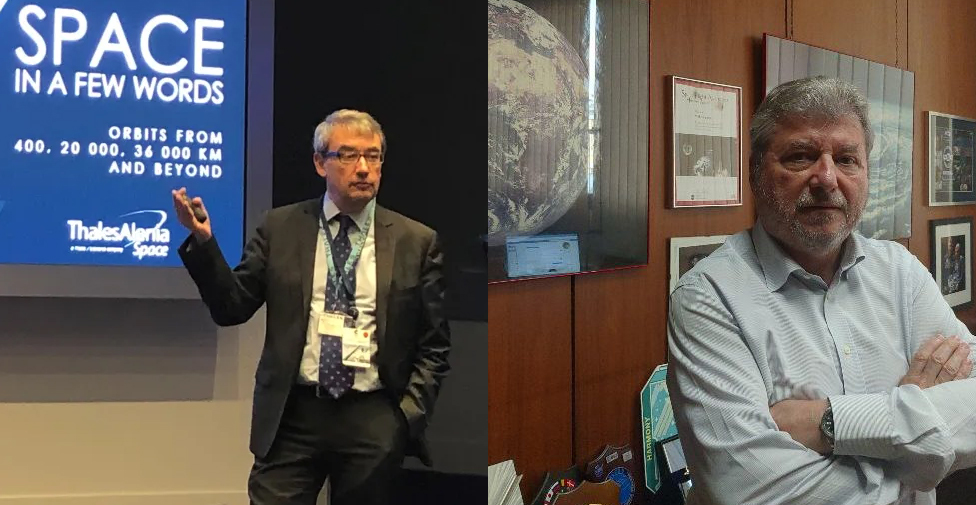
1. Thales Alenia Space has documented vast experience in crucial build development (ISS Columbus, Cygnus, etc).
However, 2020 has seen huge growth in public awareness of reusable components in all areas. Has this influenced or changed any design concepts? If not, what is the anticipated service duration of craft and components under Thales Alenia Space charge?
Walter Cugno: We can all surely notice growth and public awareness on utilizing reusable components, mainly driven by the need to reduce the costs and utilize well-proven products. However, the Moon exploration as well as the exploitation of the Low Earth Orbits opportunities requires the development and supply of reliable and advanced systems based on well-proven concepts. They have to be performing as never before, and it’s all becoming possible thanks to innovative technologies and design solutions.
Federico Massobrio, Head of Advanced Exploration Programs at Thales Alenia Space: Reusability and sustainability are indeed key concepts becoming very popular in recent times, and apply very well to Lunar exploration concepts and products. Cislunar orbital outpost (the Lunar Gateway, international habitat iHAB and communication package ESPRIT, designed by Thales Alenia Space) will provide logistic support for the ARTEMIS manned missions for tens of years; Lunar landers will be conceived to be exploited also after landing. For instance, in support to the Lunar night survival and, in a further stage, possibly be reused as supporting “shelter” for the astronauts.
Refuelling and reusability of some transfer stages will be examined from economic sustainability of the system, and associated improvement of their performances. Surface logistics will also play a substantial role to facilitate interactions between different elements of the lunar infrastructures.
Their lifecycle shall be designed for maximum reusability.
2. The first ESPRIT, I-HAB & HALO modules are anticipated in under 3 years. Where does Thales Alenia Space stand with the current development stage of these tasks?
Walter Cugno: Halo and IHAB contract have been recently signed. The design activities are now at full speed to achieve the first important milestone which is represented by the System Preliminary Design Review.
ESPRIT Contract is going to be signed before end of 2020. It is a new industrial challenge to provide the solutions to bring the first woman and the next man to the Moon, but it is an even bigger one to enable shortly a semi-permanent life around its orbit and on its surface.
Halo will be one of the first modules to be launched, as it is supposed to be placed already in 2023. But the time is short even for Esprit and IHAB, planned to be released respectively in 2026 and 2027.
This astonishing infrastructure, being quite different from the ISS, will allow human presence for a consecutive period of 3 months. Thus, solutions are studied to guarantee an efficient remote control of its functionalities. But Thales Alenia Space contribution to the Artemis program goes beyond the mere pressurized modules.
Indeed, we are involved in the development and manufacturing on the backbone of the Orion Spaceship. We are strongly participating to the design of the future of crucial Moon vehicles like the Human Landing System, the Europeans Logistic lander (EL3) and CLTV – the Cislunar Transfer vehicle.
We’ve always believed and sustained humanity ambitions to explore and to push always a little bit further human’s limits.
Building the station and its lunar ecosystem, thinking and studying the future Lunar Infrastructures, clearly shows that we are on the side of ESA and NASA to bring humans to Mars in the next 20 years.
3. Given the widely misconstrued public perception of “defence” and “surveillance” technologies, and Thales Alenia Space’s incredible achievements in these fields, how do these tasks align with the development of human space exploration?
Public tensions are currently especially high due to Covid19.
Can you demonstrate the importance of these fields in progress in off-world challenges?
Recently we signed important contracts in the field of Earth Observation, in the frame of the Copernicus mission extension with the purpose of a better climate monitoring and prevention of natural calamities.
Space Exploration is also crucial to enable a better life on Earth.
Past and recent discoveries in the field of (among others), medicine, technology and survival under extreme conditions, have been possible thanks to investments made in Space.
It is not a causality that for each dollar spent on Space there is a return on investment of 8 more. Studying our universe and other planets will help us better understand who we are and what to expect in the future.
One of the major pillars of the NASA Artemis Program is the exploitation of resources on the Moon. This will lead to better preservation and more efficient use of Earth’s ones.
To conclude, in regards to the new space economy, thanks to private investments in Space, we have to expect a new wave of unprecedented discoveries. The opportunity for companies to test their products under the unique conditions of Space will surely be a milestone for creating a stronger bond between Earth and Space than ever before. This, overall, is what we call “Space for Life”.
4. What goals and targets does Thales Alenia Space have for future extraterrestrial development? Are there plans for specific tasks going forward (eg. 10-year plan) independently of contracts with external agencies such as ESA? Or does Thales Alenia Space have any influence in suggesting new goals?
Clearly, Thales Alenia Space has a road map for developing systems and products required to support the exploitation of the Moon, in the context of Government initiatives, as well as developing opportunities for commercial ones, and then contributing with our intrinsic capability for playing a key role regarding Human and Robotic missions to Mars preparing for the human colonisation of the Red planet.
Additional questions regarding EL3 were answered by Federico Massobrio:
Head of Advanced Exploration Programs at Thales Alenia Space
1) EL3’s Research & Development project has been allocated to Thales Alenia Space and Airbus as two independent projects.
What specific elements have been assigned to Thales Alenia Space?
The same elements have been assigned to the two independent projects, although different declinations are expected by the two consortium based on specific background and development roadmap.
The key element Thales Alenia Space has been assigned is the Lunar Descent Element, the core of the lander system.
This is conceived to be as general purpose as possible to cope with a variety of missions from Lunar surface logistics in support of the ARTEMIS program, to scientific robotic missions on the Lunar southern pole, to ascent and recovery of samples from the surface towards the cislunar Gateway and so on.
A further main element which has been assigned to the Thales Alenia Space consortium will be the multifunctional Cargo Payload Adapter, which shall be able to tailor the lander functionalities towards the different mission applications.
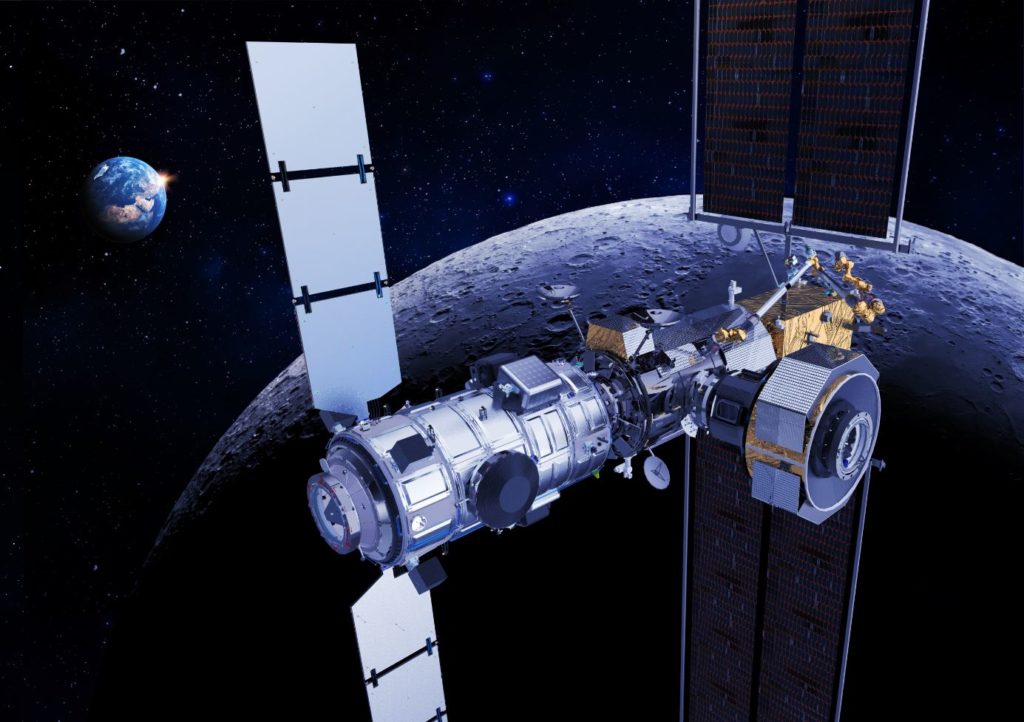
1a) Two “Prime” studies are being undertaken independently.
At what point will both companies combine efforts, building the first testable product? What specific elements are being undertaken prior to this stage?
So far the ESA planning does not foresee joint efforts to combine the two conceptual ideas until the end of the engineering phase “B1”, to be concluded by a review of the system requirements by ESA.
Specific elements may, however, be built for development or demonstration purposes, like landing system elements or guidance & navigation software. Critical technologies from the development point of view are tracked, and associated pre-development or breadboarding activities may be considered to mitigate development risks.


